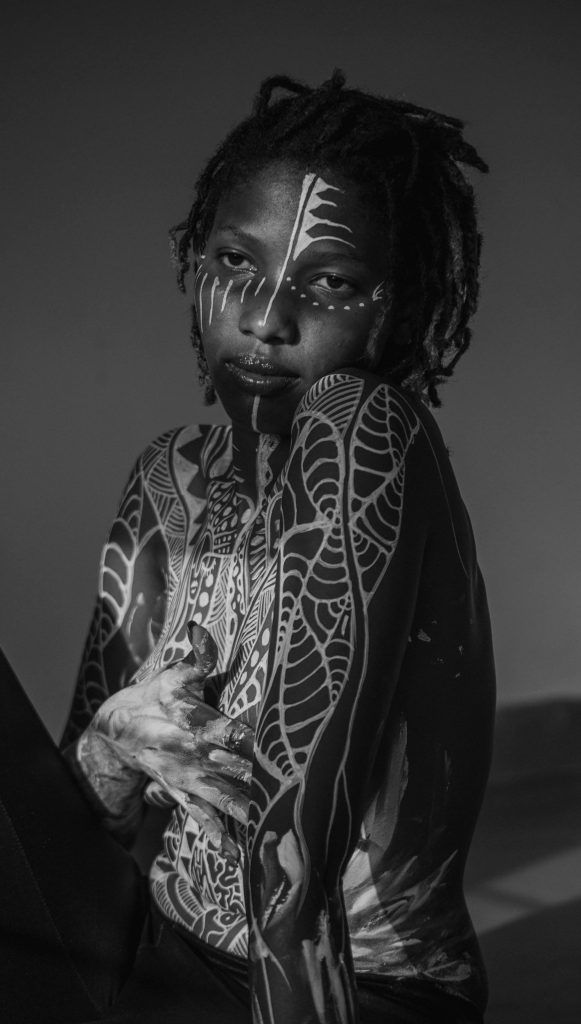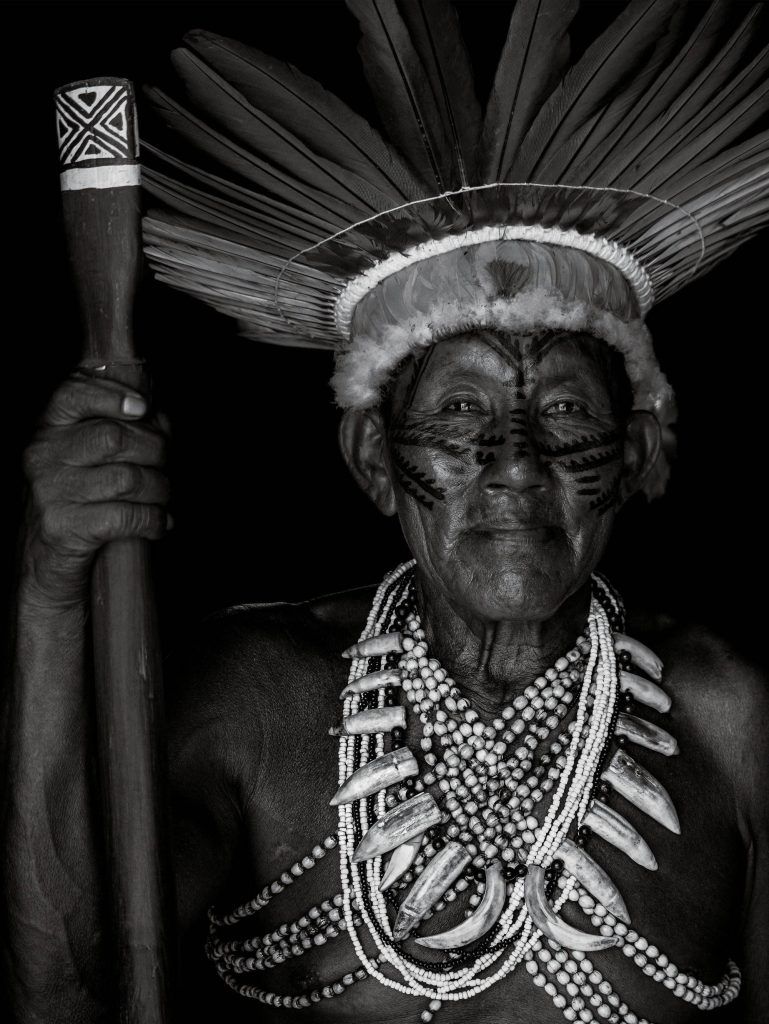Tattoos have always been a powerful form of self-expression, blending artistry and personal storytelling. Among the diverse styles available, the combination of horror themes with traditional tattoo artistry offers a unique and captivating approach. This article explores the allure of dark themes in traditional tattoo styles, highlighting how this fusion creates striking, evocative designs that resonate deeply with both the wearer and the viewer.
The Roots of Traditional Tattooing
Historical Context
Traditional tattooing has roots that extend back centuries, with various cultures using ink to signify status, commemorate events, or connect with spiritual beliefs. Styles such as American Traditional, Japanese Irezumi, and Polynesian tattoos each carry their own histories and symbolic meanings. The bold lines and vibrant colors associated with traditional tattoos are meant to withstand the test of time, making them ideal for storytelling.
Key Characteristics
Traditional tattoos often feature:
- Bold Lines: Thick, solid lines that define shapes and elements.
- Limited Color Palette: Bright, primary colors that are easily distinguishable.
- Iconic Imagery: Common motifs include roses, skulls, animals, and nautical themes, which can be adapted to incorporate darker, horror-inspired elements.

The Appeal of Horror Themes
Cultural Fascination
Horror has long fascinated humanity, reflecting our deepest fears, societal anxieties, and the darker aspects of life. From classic literature to modern films, the horror genre invites us to confront what terrifies us. Tattoos that explore these themes can evoke powerful emotions and provoke thought, serving as both a personal statement and a conversation starter.
Emotional Resonance
Horror themes in tattoos can resonate with individuals on multiple levels. They may symbolize personal struggles, commemorate loved ones lost, or express a fascination with the macabre. The emotional weight carried by these designs adds depth, transforming them into powerful visual narratives.
Fusing Horror and Traditional Styles
Aesthetic Synergy
Combining horror themes with traditional tattoo styles creates a striking visual contrast. The bold lines and vivid colors of traditional art serve to amplify the darker elements, resulting in tattoos that are both eye-catching and profound. This fusion allows for creativity while respecting the roots of traditional tattooing.
Iconic Designs
Skulls and Skeletons
Skulls are a classic motif in traditional tattooing and naturally lend themselves to horror themes. Incorporating elements like roses, flames, or snakes can enhance the design, creating a beautiful yet haunting piece.
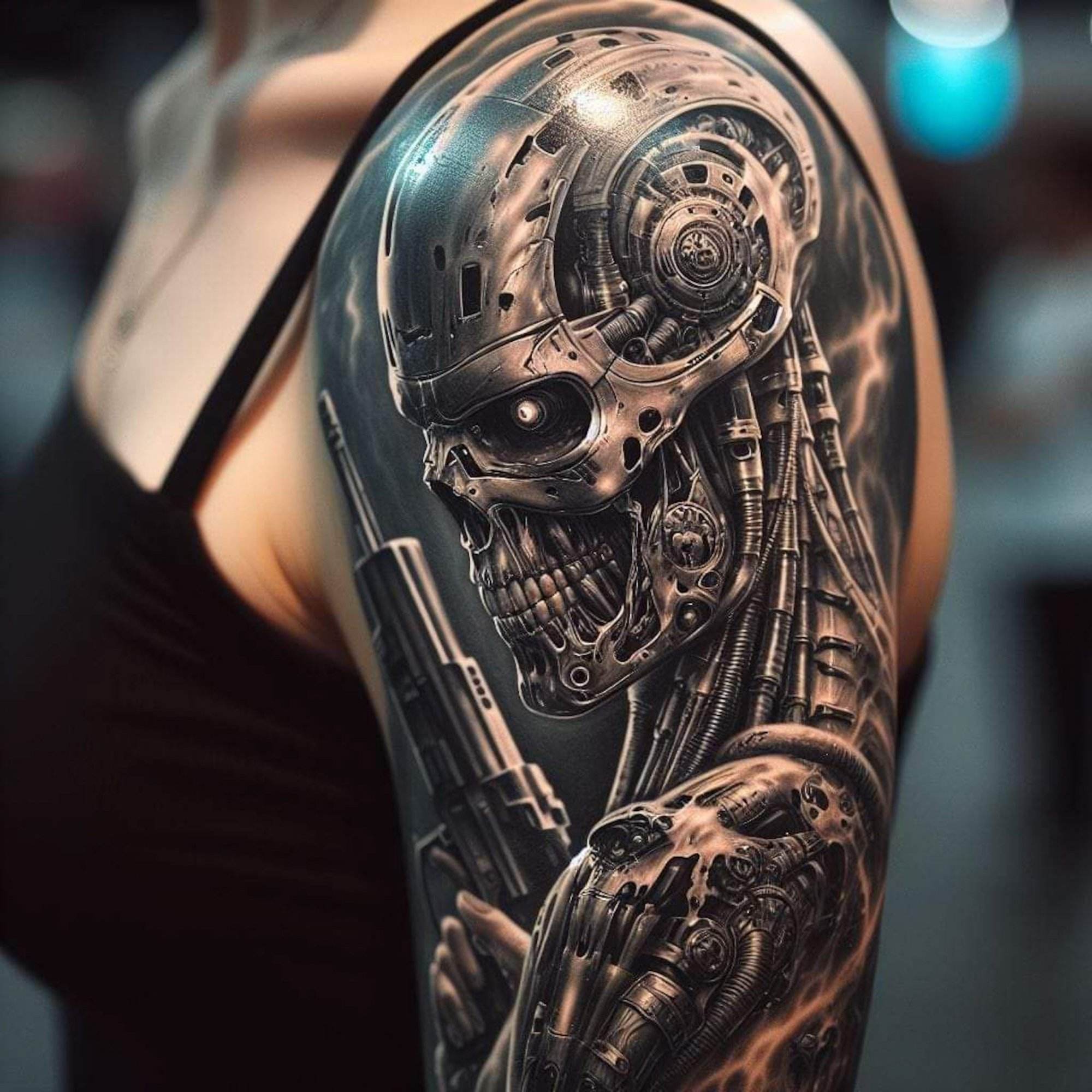
Creepy Creatures
Traditional styles can effectively depict creatures such as bats, ravens, and monsters. These designs can be stylized in ways that honor traditional techniques while embracing horror aesthetics.
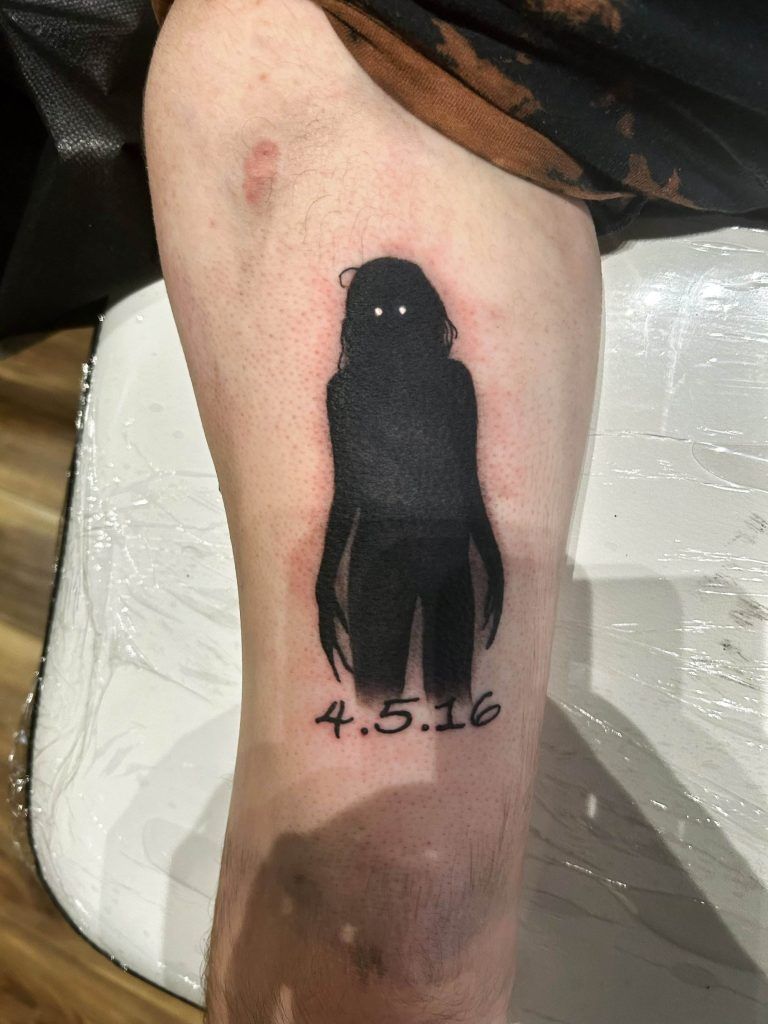
Gothic Elements
Incorporating gothic architecture, such as crumbling castles or dark forests, can add an atmospheric layer to traditional tattoos. These elements can create a narrative that invites viewers to explore the story behind the design.
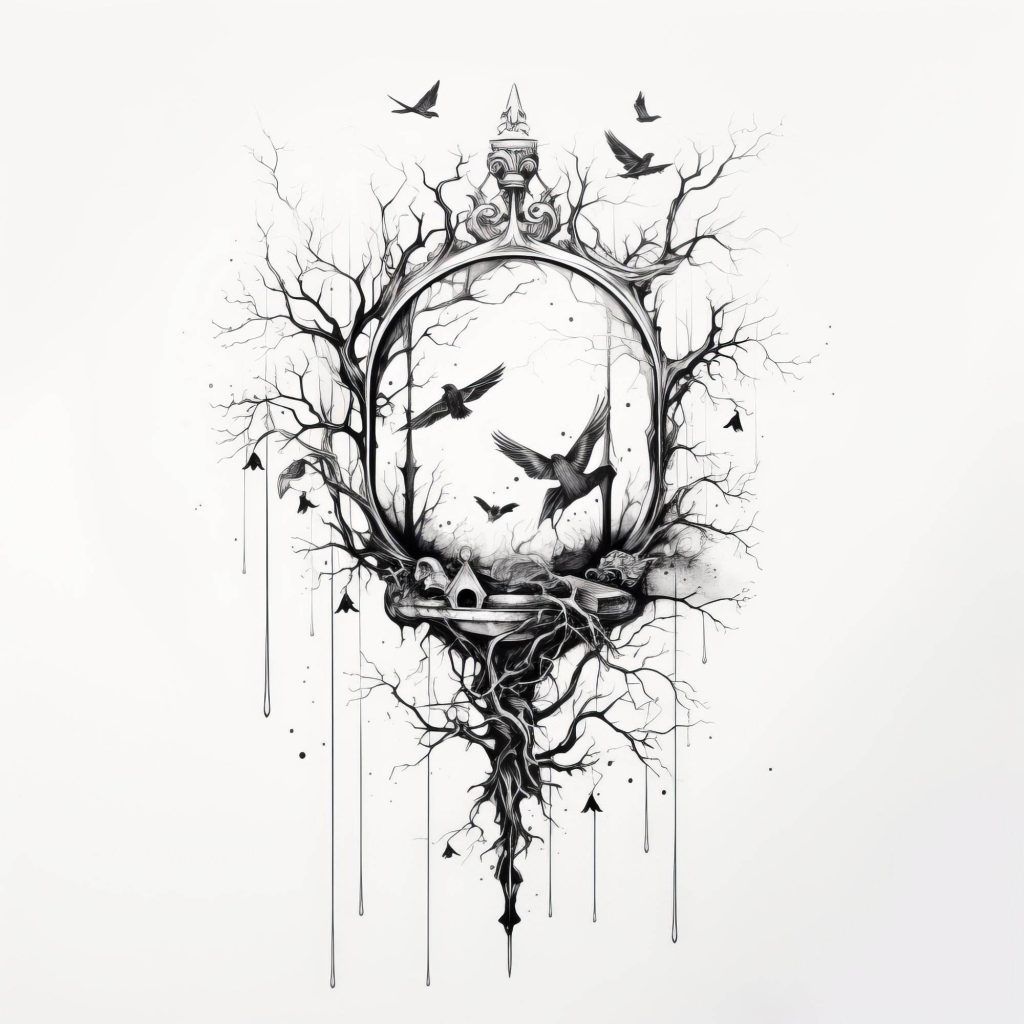
Techniques and Styles
Traditional American
American Traditional tattoos often feature bold lines and a limited color palette. Incorporating horror themes can result in striking designs that maintain the style’s integrity. For example, a traditional skull could be adorned with eerie elements like cobwebs or blood, enhancing its horror appeal without losing the traditional aesthetic.
Japanese Irezumi
Japanese tattooing has a rich history and often includes motifs of folklore and mythology. Integrating horror themes can transform traditional designs, such as koi fish or cherry blossoms, into darker interpretations featuring yōkai or other supernatural beings. The flowing lines and intricate details of Irezumi can enhance the storytelling aspect of horror tattoos.
Neo-Traditional
Neo-traditional tattoos take the foundations of traditional styles and modernize them. This approach allows for greater flexibility in color and detail, making it an ideal style for horror-themed designs. Artists can delve deeper into shadow work and intricate patterns, enhancing the overall depth and complexity of the tattoo.
Personal Connection and Storytelling
Symbolism
Choosing horror themes for traditional tattoos can carry significant personal meaning. Each element can symbolize aspects of the wearer’s life, beliefs, or experiences. For instance, a tattoo featuring a raven can symbolize transformation or loss, while a skull may represent mortality or resilience.
Narrative Exploration
The combination of horror and traditional tattooing allows for rich storytelling. Each design can unfold a narrative that invites viewers to engage and interpret its meaning. A tattoo that features a haunting landscape, for example, can represent a personal journey through darkness and emerge into light.
Caring for Your Tattoo
Aftercare Essentials
Once you’ve chosen a horror-themed traditional tattoo, proper aftercare is crucial for ensuring its longevity and vibrancy. Follow your artist’s instructions for cleaning, moisturizing, and protecting your tattoo from the sun. This will help maintain the bold lines and colors that characterize traditional styles.
Long-Term Maintenance
As with any tattoo, long-term care involves regular moisturizing and sun protection to prevent fading. Traditional tattoos are designed to endure, but taking care of your skin is essential for preserving the artwork over time.

Conclusion
Combining horror themes with traditional tattoo styles offers an exhilarating exploration of artistry and personal expression. This fusion allows for a captivating dialogue between ancient techniques and contemporary narratives, inviting wearers to embrace their darker sides while honoring the history of tattooing. Whether you’re drawn to skulls, creepy creatures, or gothic elements, these tattoos serve as powerful symbols of personal journeys and emotional landscapes.
As you consider your next tattoo, remember the rich history behind traditional styles and the profound stories that horror themes can tell. The darker the better—let your skin become a canvas for both beauty and the macabre, celebrating the intricate dance between life, death, and everything in between.

